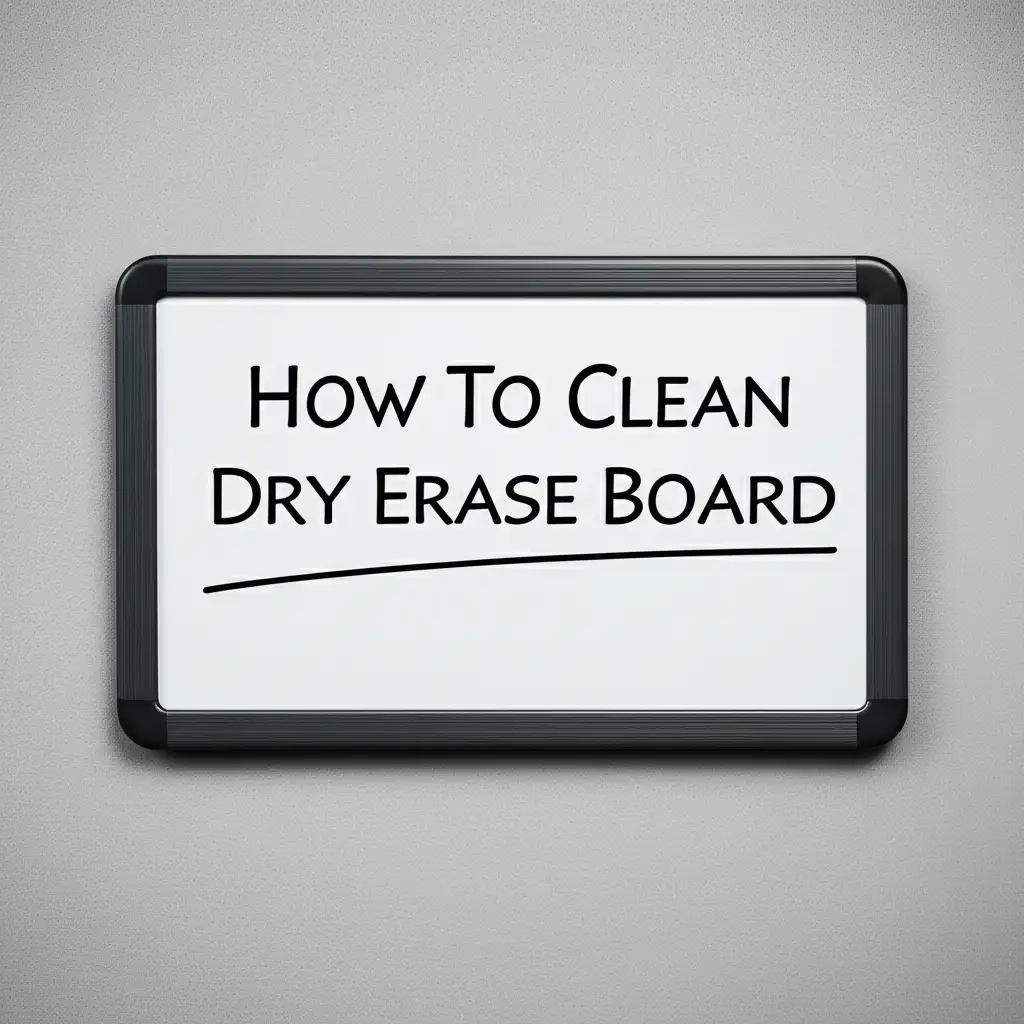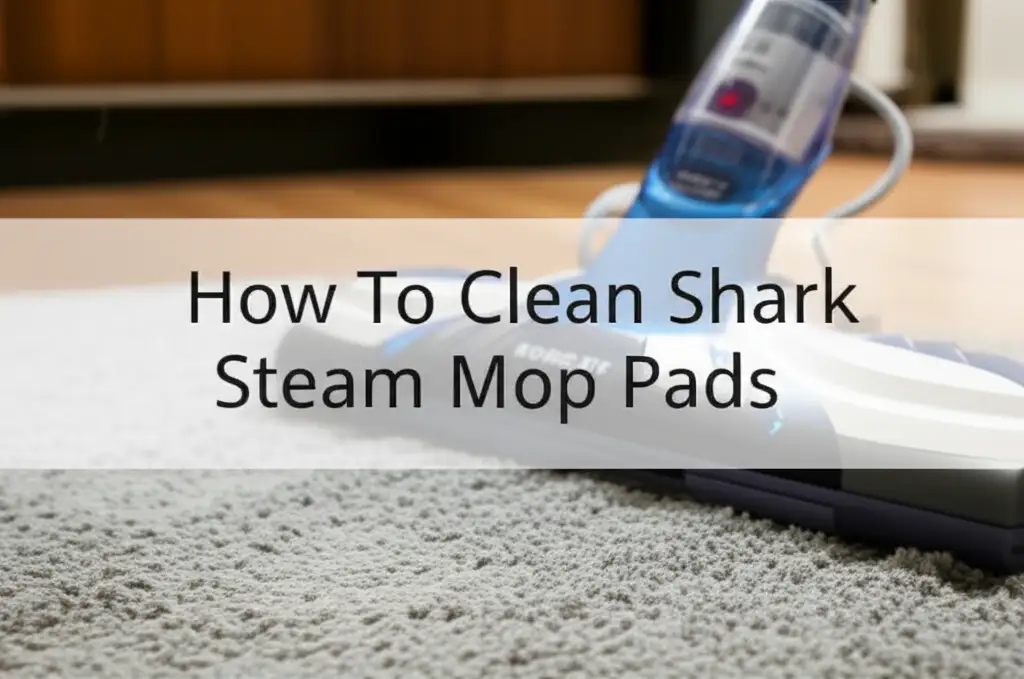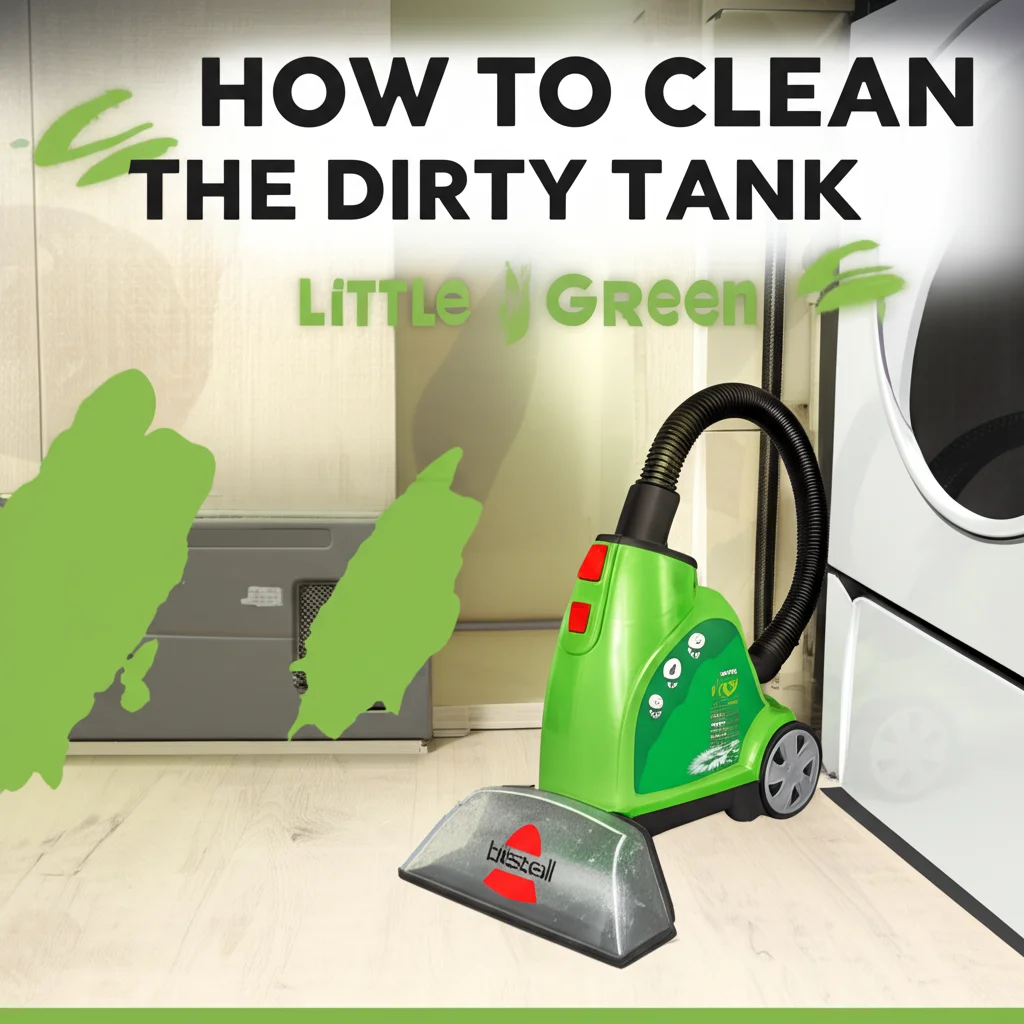· Cleaning Tips · 11 min read
How To Clean Dry Erase Board

How To Clean Your Dry Erase Board for Clear Writing
Do you have a dry erase board that shows faded writing or stubborn stains? A dirty dry erase board makes reading difficult. It can also make your board less effective over time. Cleaning your dry erase board properly keeps it looking new. It helps maintain its smooth surface for clear messages.
I often see dry erase boards with ghosting or old marker residue. This common problem reduces board clarity. A clean board ensures your ideas stand out. This guide will show you how to clean dry erase boards. We cover daily care, stain removal, and board restoration. You will learn simple steps to keep your dry erase board in top condition.
Takeaway:
- Regular erasing with a proper eraser prevents most issues.
- Use gentle cleaners like water or alcohol for daily cleaning.
- Tackle tough stains with specialized products or common household items.
- Recondition your board to restore its non-porous surface.
- Prevent future stains with correct markers and consistent cleaning.
Cleaning your dry erase board involves simple steps. Use a microfiber cloth with water or rubbing alcohol for general cleaning. For tough marks, apply a small amount of specialized dry erase board cleaner or common items like hand sanitizer. Wipe the board thoroughly until it looks clean and new.
Understanding Your Dry Erase Board’s Surface
Dry erase boards come in different materials. Each material reacts differently to cleaning agents. Understanding your board helps you clean it safely. Melamine is a common and affordable material. It is a porous surface that can absorb ink over time. This absorption causes ghosting and permanent stains.
Laminate boards offer a smoother surface than melamine. They resist stains better. However, they can still show marks if not cleaned regularly. Porcelain or glass boards are top-tier options. Their non-porous surfaces prevent ink absorption. These boards are the easiest to clean and last a long time. They resist ghosting almost entirely.
Knowing your board’s material helps you choose the right cleaning method. Always start with the least abrasive method. Test any new cleaner on a small, hidden area first. This prevents accidental damage to your board. Proper care extends the life of any dry erase board.
Daily Care: Keeping Your Board Pristine
Daily care is key to a long-lasting dry erase board. This simple routine prevents many common problems. Always use the correct dry erase markers. Permanent markers will damage the board surface and are difficult to remove. Use erasers made for dry erase boards.
Erase the board after each use. Do not let marker ink sit on the board for long periods. The longer ink stays, the harder it is to remove. Regular erasing removes most of the fresh ink. A clean microfiber cloth can also help remove dust and loose marker particles.
For a quick refresh, spray a little water on the board. Wipe it with a clean microfiber cloth. This removes light residue and dust. This simple daily step keeps your board ready for use. It stops ghosting from building up.
Simple Solutions for Light Marks
Sometimes, a regular eraser is not enough. You might see faint marks or a dusty residue. Simple household items can clean these light marks. These methods are gentle and effective for most daily cleaning needs.
Water is a surprisingly good cleaner for dry erase boards. Spray a small amount of clean water onto a microfiber cloth. Then, wipe the board surface. The water helps lift light ink particles. Ensure your cloth is clean to avoid spreading dirt.
Rubbing alcohol works well for slightly tougher residue. It breaks down marker pigments. Apply a small amount of rubbing alcohol to a clean cloth. Wipe the board in small sections. This quickly removes most light stains. Alcohol evaporates fast, leaving no residue. You can also use a mixture of water and a few drops of dish soap. This creates a mild cleaning solution. Apply it with a soft cloth and wipe clean. Rinse the board lightly with water afterward to remove soap residue.
Tackling Stubborn Stains and Ghosting
Stubborn stains and ghosting happen over time. This makes the board look dull and hard to read. Do not worry; you can fix these issues. These methods target tough marks that daily cleaning misses.
A common household item for stubborn stains is rubbing alcohol. It is very effective at dissolving dried marker ink. Pour a small amount of 70% isopropyl rubbing alcohol onto a clean microfiber cloth. Wipe the stained areas firmly. You will see the ink transfer to the cloth. Repeat this process until the stain is gone.
For very old or deeply set marks, specialized dry erase board cleaners work best. These cleaners are formulated to break down old ink without harming the board’s surface. Follow the product instructions carefully. Often, you spray the cleaner, let it sit for a moment, and then wipe it off. If your board has old marks that are truly stubborn, consider using a magic eraser. These sponges work wonders on many surfaces. Lightly dampen a magic eraser. Gently rub the stained area. Be careful not to scrub too hard, especially on melamine boards, as it can wear down the surface.
Another surprising cleaner is white vinegar. Vinegar is a mild acid that can break down ink. Mix equal parts white vinegar and water. Apply this solution to the board with a cloth. Let it sit for a minute or two. Then, wipe it clean. Vinegar also helps clean other surfaces, similar to how it cleans mold with vinegar. Always finish by wiping the board with a damp cloth to remove any cleaner residue, then dry it completely with a clean cloth to prevent streaks. This careful process ensures your board looks clean and ready for new writing.
What to Do About Permanent Marker Mistakes
Accidentally writing on a dry erase board with a permanent marker can be alarming. It looks like a big problem. However, there are simple tricks to remove permanent marker. Do not panic if this happens.
The “dry erase marker over permanent marker” trick is famous. Draw over the permanent marker lines with a dry erase marker. Choose a dark color like black or blue. The solvents in the dry erase marker react with the permanent ink. This allows both to be wiped away. Erase immediately with a clean dry erase board eraser or a soft cloth. Repeat if needed.
Other household items can also help. Rubbing alcohol is effective. Apply a generous amount of rubbing alcohol to a cotton ball or clean cloth. Rub the permanent marker stain firmly. The alcohol will dissolve the ink. Continue rubbing with fresh areas of the cloth until the stain lifts. Hand sanitizer also works similarly due to its alcohol content. Apply a small amount to the stain. Let it sit for a few seconds. Then, wipe it away. Hairspray can also dissolve permanent ink. Spray directly onto the stain. Wipe quickly before it dries. Always test any method on an inconspicuous area first.
For various marker types, remember that different approaches might be needed. If you ever need to clean chalk marker off a board, the methods are often quite different. These methods ensure your board stays ready for dry erase use.
Restoring Your Board’s Surface and Preventing Ghosting
Over time, even with regular cleaning, dry erase boards can lose their smooth surface. This leads to more ghosting and stains. Restoring the surface helps keep your board functional. This deep cleaning process makes your board write like new again.
Deep cleaning removes embedded ink and residue. First, clean the board thoroughly with rubbing alcohol. Use a clean microfiber cloth. Wipe until no more ink transfers to the cloth. This step removes most of the visible stains. Next, consider using specialized dry erase board cleaner or polish. These products create a protective layer. They fill in microscopic pores on the board’s surface. This makes the board less porous and resistant to ghosting.
Apply the cleaner or polish according to its directions. Usually, you spray it on and wipe it off with a clean, dry cloth. Some products require a light buffing. This final step enhances the board’s smoothness. A smooth surface means markers glide easily. It also makes erasing much more complete. For the best results, aim for a streak-free finish, much like when you clean glass without streaks. This reconditioning process should be done every few months or when you notice increased ghosting. It greatly extends the life and usability of your dry erase board.
Preventive Measures for Long-Lasting Boards
Preventing issues is easier than fixing them. A few simple habits keep your dry erase board in top condition. These measures save you time and effort in the long run. Follow these tips for a long-lasting board.
Always use good quality dry erase markers. Cheap markers can contain inks that stain more easily. They may also leave behind more residue. Check marker labels to ensure they are specifically for dry erase boards. Avoid using permanent markers, highlighters, or any other non-dry erase writing tools. These can cause irreversible damage.
Clean your board regularly, ideally after each major use. Do not leave writing on the board for weeks or months. Old ink becomes much harder to remove. Use a dedicated dry erase board eraser. Replace it when it becomes dirty or ineffective. A dirty eraser just smears ink around. Store your dry erase board in a cool, dry place if it is portable. Avoid direct sunlight or extreme temperatures. These conditions can dry out the board’s surface or make inks set faster.
Finally, keep a small cleaning kit near your board. This kit should include a microfiber cloth, a small spray bottle of water or rubbing alcohol, and a specialized dry erase board cleaner. Having these items on hand encourages immediate cleanup. Regular maintenance makes your dry erase board a reliable tool for years.
FAQ Section
Q1: Can I use Windex or glass cleaner on my dry erase board? A1: Yes, you can use Windex or other glass cleaners on most dry erase boards. These cleaners work well on non-porous surfaces like glass or porcelain boards. They help remove marker residue and leave a streak-free finish. For melamine boards, use sparingly, as some chemicals might be too harsh over time. Always wipe dry immediately after cleaning.
Q2: How often should I deep clean my dry erase board? A2: Deep clean your dry erase board every few months. If you use it daily, consider deep cleaning it once a month. You will know it is time when you notice more ghosting or faded areas. Regular deep cleaning prevents ink from permanently setting into the board’s surface. This keeps your board looking new.
Q3: What causes ghosting on a dry erase board? A3: Ghosting happens when marker ink seeps into the microscopic pores of the board’s surface. This is common with melamine boards. Using permanent markers or leaving dry erase ink on the board for too long also causes ghosting. Old or dirty erasers can also spread residue, contributing to the problem.
Q4: Can I use nail polish remover to clean a dry erase board? A4: Nail polish remover, especially those with acetone, is very strong. It can remove tough stains, but it may also damage some dry erase board surfaces. Acetone can strip the coating or make porous boards even more susceptible to staining. Use it only as a last resort on very stubborn marks, and test a small area first.
Q5: Are there any natural cleaning alternatives for dry erase boards? A5: Yes, white vinegar is an excellent natural cleaner. Mix equal parts white vinegar and water in a spray bottle. Spray on the board and wipe with a clean cloth. Lemon juice can also work due to its acidity. Both are good for light stains and maintaining a clean board without harsh chemicals.
Q6: My board is really old and stained. Can it be saved? A6: Most old and stained boards can be significantly improved. Start with rubbing alcohol, then a specialized dry erase board cleaner or polish. For extreme cases, some people use car wax or furniture polish to recondition the surface. This fills pores and makes the board usable again, though perfect restoration might not always be possible.
Conclusion
Keeping your dry erase board clean is simple. It ensures your messages are clear and visible. We have explored many methods to clean dry erase boards. From daily care to tackling tough stains, you now have the tools. Remember to use the right markers. Also, erase frequently. A quick wipe with water or alcohol after use prevents many problems.
Do not let ghosting ruin your board’s clarity. Deep clean your board when needed. Use specialized cleaners or simple household items. You can restore its surface and keep it looking professional. A well-maintained dry erase board serves you well for many years. Start your cleaning routine today. Enjoy a perfectly clear writing surface every time.
- dry erase board
- white board cleaning
- marker stains
- deep cleaning
- office cleaning




